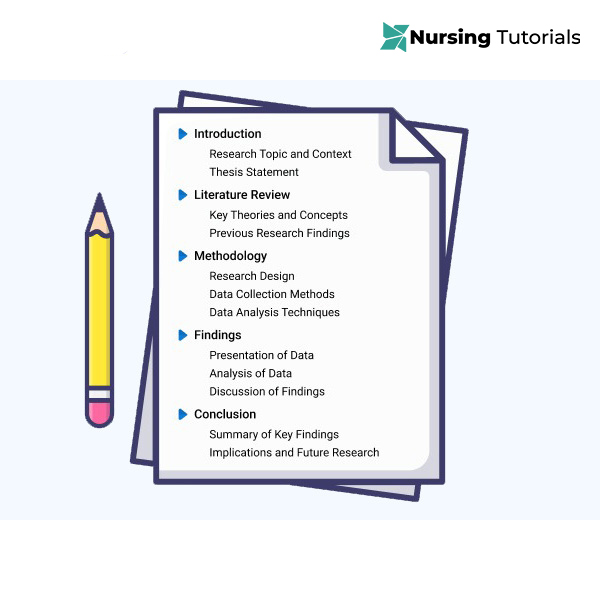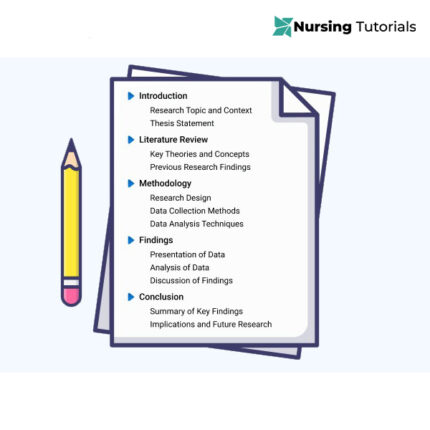Solution: Capella NURS FPX 4000 Assessment 2 Applying Research Skills
Executive Summary
- This paper provides an emerging issue within the healthcare system and highlights its relevance in the nursing profession.
- It demonstrates how the learner selects sources or evidence from the academic peer-reviewed journal articles to explain the existing facts about the healthcare issue of focus.
- The paper evaluates whether the information provided by the journal articles is credible and applicable.
- The paper uses the peer-reviewed articles selected to write a summary in an annotated format.
- The paper highlights the main lessons learnt from the summarized annotated bibliograph as they relate to the healthcare issue selected. Also, the paper shows the ability to apply the same evaluation of resources in the future assessments.
- The paper uses APA both in intexting facts and also in listing the references
$20.00 Original price was: $20.00.$10.00Current price is: $10.00.
Applying Research Skills
Overview of the Opioid Epidemic
The opioid crisis is an urgent healthcare problem in the United States, and clinicians are experiencing difficulties in finding a balance between overdose deterrence and pain treatment and primary care of people affected by opioid use disorder (OUD) (Volkow & Blanco, 2023). Social aspects, including stigma, access to treatment disparity, and obstacles to comprehensive care, are major predisposing factors to the crisis. In this paper, the opioid epidemic will be analysed, its importance to the healthcare professionals, the credibility, and the relevance of the selected sources, and the most important lessons obtained during the research process.
Professional Relevance
The opioid crisis represents one of the primary clinical and social problems of the United States. In 2022, there were an estimated 110,000 deaths due to overdose of drugs, with more than 81,000 being caused by opioids, which constitute about 74 % of all deaths caused by overdose (WHO, 2025). Even though early statistics of 2023 indicate that overdose mortalities might go down marginally, the magnitude of the burden is still high. Clinicians are faced with the tricky challenge of balancing the use of opioids in pain with the reduction of the occurrence of addiction, combating the emergence of illicit fentanyl, and meeting the obstacles of treating opioid use disorder (OUD). The crisis also indicates the lack of equality in access to healthcare, especially in rural and underserved communities. Medical workers are given a considerable number of responsibilities in terms of enacting evidence-based practices, minimising stigma, and promoting systems changes that will positively affect patients and groups negatively impacted by opioid abuse.
Criteria Used to Search for Articles
The methods of research used in libraries to identify related journal articles on the opioid crisis were used. Such databases as PubMed and CINAHL were accessed, beginning with general searches using the keywords “opioid crisis, opioid use disorder (OUD), naloxone distribution, medication-assisted treatment, and substance abuse recovery. Only peer-reviewed papers published between 2023 and 2025 were allowed to pass the filter to be current and credible articles (Zimba & Gasparyan, 2021). The choice was made depending on their clinical pertinence, evidence-based contents and applicability to the deliverance of healthcare. This process resulted in a broad selection of articles that was refined to directly relevant evidence syntheses, illustrating the significance of rigorous review and critical evaluation of academic literature.
Credibility of the Sources of Information
The criteria employed in the selection of necessary resources emphasized peer-reviewed journal articles and government documents to access credible and trustworthy information on opioid crisis. Apart from this process, peer review ensures the credibility of researchers in face of an academic critique where their paper is scrutinized for its accuracy and methodology before submission (Zimba & Gasparyan, 2021).
Click “add to the Cart” to access the entire solution.



